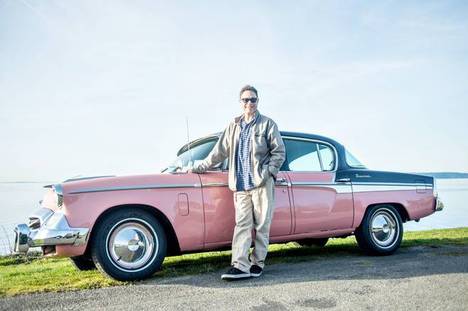In my Economics of Entrepreneurship seminar we spend part of an evening reading the summary chapter of The Millionaire Next Door, discussed in the tribute below. In the seminar I suggest that at key early moments, innovative entrepreneurs may need to self-finance their innovations. They will be more likely to be able to do so if they have followed Stanley and Danko’s advice on how to live frugally.
(p. B1) . . . the enduring lesson of the classic personal finance book, “The Millionaire Next Door,” is this: Most of the rich grow wealthy because of modesty, thrift and prudence. They live happily in starter homes. They don’t subsidize irresponsible adult children. They have an allergy to luxury automobiles.
. . .
The book, which has sold more than three million copies since its publication in 1996, made its co-author, William D. Danko, a millionaire himself and helped Mr. Stanley achieve similar security and leave academia for research and writing.
. . .
(p. B2) . . . even Mr. Danko, who ought to know better, has not always been able to resist the siren call of the Germans and their advertising. He bought one older Mercedes from a widowed friend, but his other one came new. “I was planning on buying a used one again, but the salesman was very good, and I was weak,” he said. “These luxury cars are clearly overrated when you have to get your oil changed, and it costs $200.”
. . .
. . . I was curious that Mr. Stanley died behind the wheel of a 2013 Corvette, rammed by another driver who might soon face charges in the accident. Mr. Stanley too, it turns out, couldn’t help but have a taste for the finer things in life.
So does that make him a hypocrite? Or just a human being? All the best research tells us that we get much more joy out of doing things than having things, and a weekend drive in a car that goes really fast probably falls into both categories. But he earned that drive — and that car — by putting untold numbers of readers in a position where they’d be lucky enough to have that same choice themselves.
For the full commentary, see:
RON LIEBER. “YOUR MONEY; A Tribute to the ‘Millionaire Next Door’.” The New York Times (Sat., MARCH 7, 2015): B1-B2.
(Note: ellipses added.)
(Note: the online version of the commentary has the date MARCH 6, 2015, and has the title “YOUR MONEY; Paying Tribute to Thomas Stanley and His ‘Millionaire Next Door’.”)
The book under discussion is:
Stanley, Thomas J., and William D. Danko. The Millionaire Next Door: The Surprising Secrets of America’s Wealthy. First ed. Atlanta: Longstreet Press, 1996.

